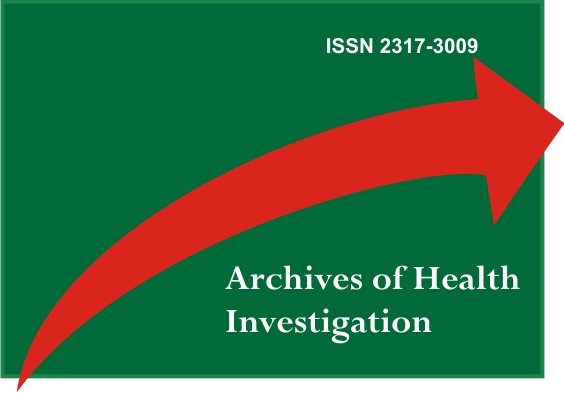Trigger Finger Release by Retinaculotome Pushing Knife: Technique and Case Report
DOI:
https://doi.org/10.21270/archi.v11i4.5874Keywords:
Trigger Finger Disorder, Orthopedics, Surgical Procedures, OperativeAbstract
The trigger finger is a common affection commonly in the daily hand surgeon attending. The management began with non-operative methods. The absence of improvement could appoint to different operative techniques, such as open release, mini-open approaches, and percutaneous needle approaches. With respect to the open surgical approach, there are many alternatives to release the A1 Pulley, such as scalpel, pushing knives, or scissors. This study aims to present a Retinaculotome designed as a Modified Pushing Knife, to release the A1 Pulley for the management of the trigger finger.
Downloads
References
Dunn MJ, Pess GM. Percutaneous trigger finger release: a comparison of a new push knife and a 19-gauge needle in a cadaveric model. J Hand Surg Am. 1999;24(4):860-65.
Zhang WB, Yao DW, Wu WX. [Ultrasound-guided needle-knife for trigger finger]. Zhongguo Zhen Jiu. 2019;39(8):867-70.
Schramm JM, Nguyen M, Wongworawat MD. The safety of percutaneous trigger finger release. Hand (NY). 2008;3(1):44-6.
Abdoli A, Asadian M, Banadaky SHS, Sarram R. A cadaveric assessment of percutaneous trigger finger release with 15° stab knife: its effectiveness and complications. J Orthop Surg Res. 2021;16(1):426.
Jongjirasiri Y. The results of percutaneous release of trigger digits by using full handle knife 15 degrees: an anatomical hand surface landmark and clinical study. J Med Assoc Thai. 2007;90(7):1348-55.
Saengnipanthkul S, Sae-Jung S, Sumananont C. Percutaneous release of the A1 pulley using a modified Kirschner wire: a cadaveric study. J Orthop Surg (Hong Kong). 2014;22(2):232-35.
Cromheecke M, Haignère V, Mares O, De Keyzer PB, Louis P, Cognet JM. An Ultrasound-guided Percutaneous Surgical Technique for Trigger Finger Release Using a Minimally Invasive Surgical Knife. Tech Hand Up Extrem Surg. 2021:26.
Joseph, Jain MD; Ditmars, Donald Jr. MD Percutaneous Trigger Thumb Release: Special Considerations, Plast Recons Surg GO. 2018;6(6):1758.
Smith J, Rizzo M, Lai JK. Sonographically guided percutaneous first annular pulley release: cadaveric safety study of needle and knife techniques. J Ultrasound Med. 2010; 29(11):1531-42.


